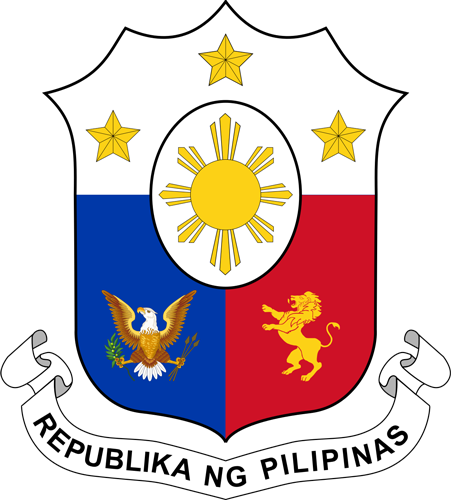How can communities and governments improve disaster relief efforts to ensure swift and effective response in the face of natural hazards and climate change impacts?
The Department of Social Welfare and Development (DSWD) has unveiled the government's innovative disaster preparedness program known as "Buong Bansa Handa." This new initiative comes as a response to President Ferdinand R. Marcos Jr.’s call for fail-safe mechanisms in the country's supply chains during times of calamities during his second State of the Nation Address on June 24 at the Batasang Pambansa in Quezon City.
DSWD Secretary Rex Gatchalian made the groundbreaking announcement during the 2023 post-SONA discussions on Environmental Protection and Disaster Management at the Hilton Manila in Pasay City. He emphasized that the primary objective of "Buong Bansa Handa" is to ensure an omnipresent government presence, offering immediate aid and relief before, during, and after any storm or natural disaster.

(Photos courtesy: DSWD)
"You will hear this word over and over again in our programs – Handa, prepared. In the department of DSWD, we encapsulated our program in a program called 'Buong Bansa Handa'. We believe that disaster preparedness and response is not just the government’s responsibility, but it’s every single Filipino’s responsibility," he said.
"Now, for the department, at least we are in charge of the response, making sure that the immediate needs or the immediate relief will be there, the humanitarian side of it. And DSWD has formulated a plan, based on the President’s instruction, to come up with a fail-safe mechanism for our supply chain. The goal there is to be omnipresent, so to speak, making our people, most especially the victims, feel that the government is there, in fact ahead during and right after the storm or a natural calamity," he added.
At the core of the program lies the strategic utilization of two distinct supply chains. The first supply chain is built around an expanded network of warehouse facilities owned by local government units (LGUs), provincial governments, and other national agencies. By bolstering this network, the DSWD aims to improve the accessibility and efficiency of relief distribution during times of crisis.
The second supply chain introduces a novel approach by partnering with the private sector. Under this framework, the DSWD will collaborate with reputable food distribution businesses through various agreements. This alliance will enable the private sector to work in tandem with the government-driven supply chain, ensuring comprehensive and widespread relief distribution across the nation.
Secretary Gatchalian emphasized that this new approach would guarantee the equitable distribution of government relief packs throughout the entire country. The integration of both government and private sector efforts will enhance the country's resilience and responsiveness during times of disasters, leaving no region neglected or underserved.
"One, government-driven; the other is private sector-driven. We will lean on these two supply chain lines to make sure that government relief efforts or government relief packs are spread across the entire country as widespread as we can, because that is about being prepared, getting the private sector involved as well as making sure that government is omnipresent in the farthest areas of the country where a disaster can strike anytime," he said.
During the Supertyphoon Egay event, the DSWD had stockpiled over 1.3 million family food packs (FFPs) strategically placed across the country. These reserves were promptly dispatched to LGUs affected by the tropical cyclone, and showcasing the effectiveness of the "Buong Bansa Handa" program.
Secretary Gatchalian also addressed concerns about the availability of resources. He confirmed that the DSWD possesses ample funds to augment the resources of LGUs impacted by extreme weather events. This financial preparedness highlights the government's commitment to providing timely and sufficient aid to those in need.
The unveiling of the "Buong Bansa Handa" disaster preparedness program marks a significant milestone in the Philippines' approach to disaster management. By synergizing government and private sector resources, the country is poised to respond more swiftly and comprehensively to natural calamities, safeguarding the well-being of its citizens.
As the nation faces the challenges posed by incoming natural hazards, the proactive measures taken under this program inspire hope and demonstrate the government's dedication to building a safer and more resilient Philippines. (PIA-NCR)



